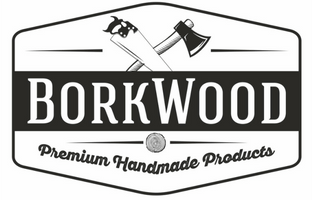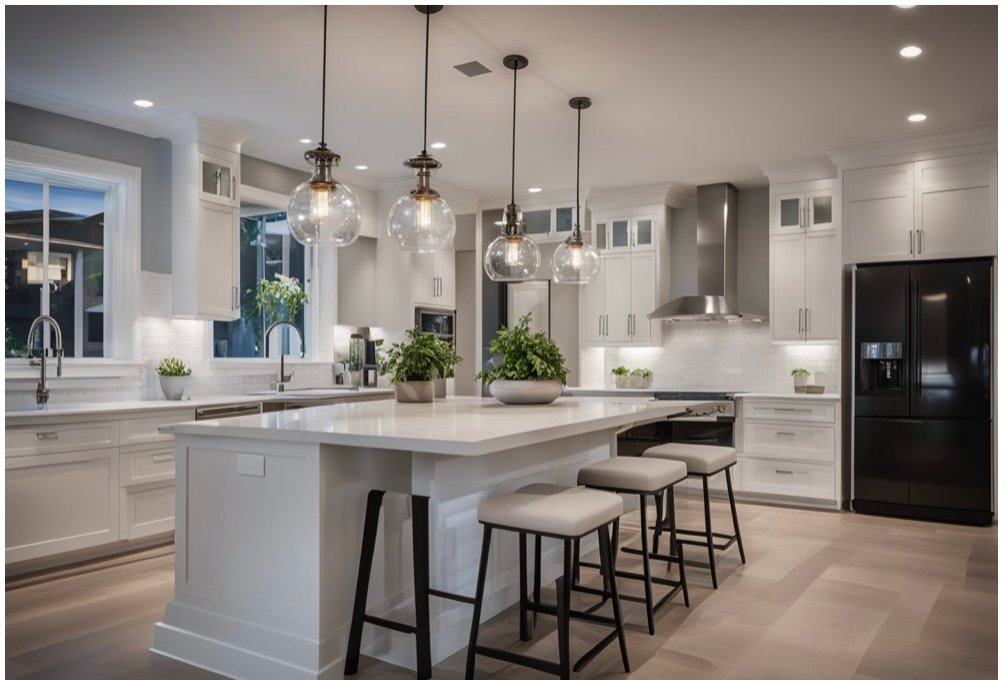Incorporating Smart Home Technology in Your Custom Build
Smart home technology is revolutionizing how people interact with their living spaces. By integrating smart devices and systems into a custom build, homeowners can enhance convenience, security, and energy efficiency. Including smart home features during the construction phase allows for seamless integration and optimizing functionality, making a home more adaptable to future technology advancements.
From smart lighting and climate control to advanced security systems, the options are vast and cater to diverse lifestyles. As homeowners seek ways to simplify daily tasks and improve overall comfort, incorporating these technologies becomes increasingly valuable. Choosing the right smart home solutions lays the groundwork for a modern and efficient living environment.
Planning for smart technology in design not only adds immediate benefits but also increases property value. As the demand for smart features grows, homes equipped with these technologies are more appealing in the real estate market. Investing in smart home integration during a custom build ensures sustainability and comfort for years to come.
Planning Your Smart Home System
Creating a smart home system requires careful planning and consideration. It is essential to define specific goals, design for future needs, and select appropriate technologies to ensure a seamless integration into the custom-built home.
Setting Goals for Home Automation
Identifying clear goals for home automation is crucial. Homeowners should consider their priorities, such as energy efficiency, security, or convenience.
Key points to address include:
- Energy Management: Reducing energy consumption through smart thermostats or automated blinds.
- Security Features: Incorporating smart cameras, motion detectors, and door locks.
- Convenience Enhancements: Automating lighting, entertainment systems, and appliances.
Discussing these goals with a builder or designer can help tailor the smart home system to fit lifestyle needs and budgetary constraints.
Designing for the Future
Flexibility is vital in smart home design. A well-planned system should accommodate future technological advancements and changes in living patterns.
Important considerations include:
- Scalability: Ensure that the system can easily integrate additional devices over time.
- Wiring and Networking: Use of structured wiring that supports high-bandwidth applications and includes backup power options.
- User Interface: Design intuitive controls, ensuring that systems like mobile apps or voice commands remain user-friendly for all family members.
Envisioning potential changes in technology will assist in making informed decisions now that will serve well in the long run.
Choosing the Right Technology
The selection of appropriate smart home technologies is critical to ensure compatibility and functionality.
Key aspects include:
- Ecosystem Compatibility: Choose devices that work well within a specific ecosystem, such as Google Home or Amazon Alexa.
- Device Interoperability: Prioritize systems that can communicate efficiently, such as Z-Wave or Zigbee devices.
- Budget Alignment: Balance between cutting-edge gadgets and proven technologies that enhance daily living without overspending.
Researching available options and evaluating specific needs will lead to a well-rounded and effective smart home system.
Selecting Smart Devices
Choosing the right smart devices is crucial for optimizing home automation and efficiency. This involves careful consideration of various systems that enhance comfort, security, and energy conservation.
Smart Lighting and Energy Efficiency
Smart lighting systems provide both convenience and energy savings. They allow users to control lights remotely or set schedules through mobile apps. Key options include:
- Dimmable LED Bulbs: These reduce energy use while providing customizable brightness.
- Smart Switches and Outlets: Enable control of traditional lighting, making them smart without replacing fixtures.
Integrating occupancy sensors can further automate lighting, ensuring lights are only on when needed. This not only enhances energy efficiency but also extends the lifespan of the bulbs.
Security and Surveillance Systems
A robust security system is essential for any smart home. These systems often combine several components:
- Smart Cameras: Offer live feeds, motion detection, and notifications directly to devices.
- Smart Door Locks: Allow remote locking and unlocking, providing peace of mind.
Consider a system that integrates with other devices, such as lighting and alarms. This creates a cohesive security network, enhancing both safety and user control.
Heating, Ventilation, and Air Conditioning (HVAC) Control
Smart HVAC systems provide significant energy savings and comfort adjustments. Focus on:
- Smart Thermostats: These learn user behaviors and adjust temperature settings accordingly, optimizing energy use by up to 30%.
- Zoned Heating and Cooling Systems: Allow different areas of the home to be controlled separately, maximizing comfort while minimizing costs.
Remote control capabilities mean users can adjust their home environment from anywhere, further enhancing convenience and efficiency.
The Role of Professional Contractors
Professional contractors play a crucial role in the successful integration of smart home technology into custom builds. Their expertise ensures that the installation and setup are efficient, while also providing ongoing support to enhance user experience.
Collaborating with Contractors
Engaging professional contractors from the beginning helps define the scope of smart home integration. They assess the specific needs of the homeowner and recommend suitable technologies. Contractors can provide insights into the latest innovations, ensuring that the selected systems are compatible with other home elements.
Communication is key during this phase. Homeowners should share their preferences and expectations clearly. Contractors will then create a detailed plan that outlines each step of the installation process.
Installation and Setup
Installation and configuration of smart home devices require precision and expertise. Professional contractors possess the technical skills necessary to ensure that systems are installed correctly.
Contractors will manage the wiring, network setup, and device calibration. This includes ensuring that security systems, lighting, and climate control function seamlessly together. Specialists in Bothell, known for their experience, can tackle local building codes and regulations effectively.
It’s critical for contractors to conduct thorough testing post-installation. This ensures that all components communicate properly and operate as intended.
Ongoing Support and Maintenance
Post-installation support is essential to the longevity of smart home systems. Professional contractors offer maintenance services to troubleshoot issues that may arise over time.
They can also assist with software updates, ensuring that devices operate with the latest features and security enhancements. Home care contractors located in Bothell often provide tailored service plans, enabling homeowners to choose the level of ongoing support that suits their needs.
Regular check-ups by professional contractors help maintain optimal performance, potentially extending the lifespan of technology used within the home.







